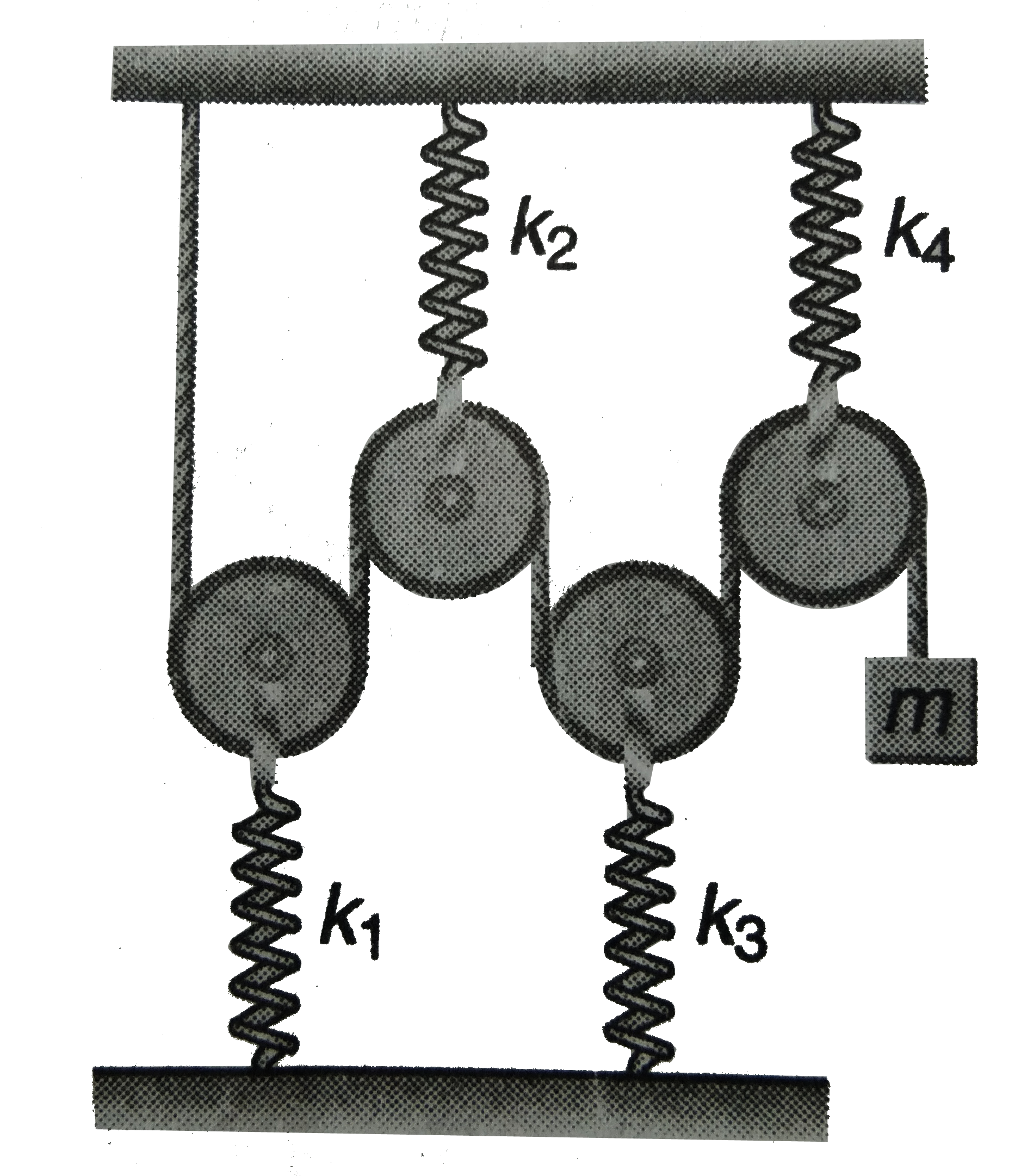Text Solution
Verified by Experts
The correct Answer is:
|
Topper's Solved these Questions
SIMPLE HARMONIC MOTION
ALLEN|Exercise Exercise-05 [A]|39 VideosView PlaylistSIMPLE HARMONIC MOTION
ALLEN|Exercise Exercise-05 [B]|12 VideosView PlaylistSIMPLE HARMONIC MOTION
ALLEN|Exercise Exercise-04 [A]|20 VideosView PlaylistRACE
ALLEN|Exercise Basic Maths (Wave Motion & Dopplers Effect) (Stationary waves & doppler effect, beats)|24 VideosView PlaylistTEST PAPER
ALLEN|Exercise PHYSICS|4 VideosView Playlist
Similar Questions
Explore conceptually related problems
ALLEN-SIMPLE HARMONIC MOTION-Exercise-04 [B]
- In the arrangement shown in figure, pulleys are light and spring are i...
06:21
|
Playing Now - A mass M is in static equilibrium on a massless vertical spring as sho...
05:52
|
Play - Two non - viscous, incompressible and immiscible liquids of densities ...
04:31
|
Play - A weightless rigid rod with a load at the end is hinged at point A to ...
04:50
|
Play - Consider a swing whose one end is fixed above the other rope by ''b'. ...
08:53
|
Play - A massless rod rigidly fixed at O. A sting carrying a mass m at one en...
01:47
|
Play - Being a punctual man, the lift operator of a skyscraper hung an exact ...
06:39
|
Play - In the figure shown, the spring are connected to the rod at one end an...
06:12
|
Play - Two identical balls A and B , each of mass 0.1 kg , are attached to tw...
08:11
|
Play - A rod of mass M and length K is hinged at its one end n carris a block...
06:11
|
Play - A monochromatic light of frequency f is incident on two identical meta...
03:34
|
Play - A monochromatic point source radiating wavelength 6000Å with power 2 w...
15:19
|
Play - A photocell is operating in saturation mode with a photocurrent 4.8 mA...
09:01
|
Play - A beam of light has three wavelength 4000 Å, 5000 Å, 6000 Å with a tot...
05:00
|
Play - Two electrons are moving with non-relativistic speeds perpendicular t...
04:25
|
Play - A single electron orbits a stationary nucleus of charge + Ze, where Z ...
10:33
|
Play - Ratio of amplitude for two wave is 1:5 .Find the ratio of intensity?
01:00
|
Play - FInd 1s complement of (000111)2
01:11
|
Play - An imaginary particle has a charge equal to that of an electron and m...
03:40
|
Play - The isotope of U^(238) and U^(235) occur in nature in the ratio 140:1....
05:51
|
Play
